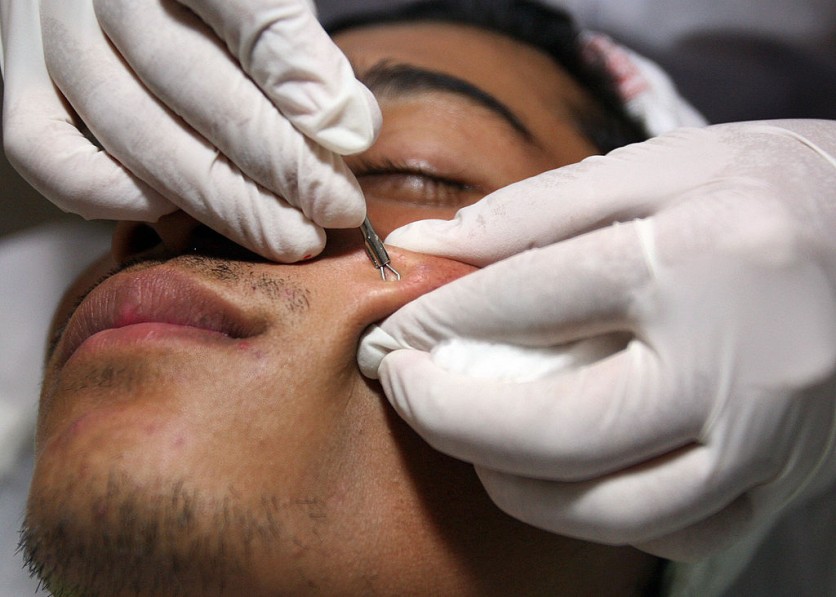A groundbreaking study conducted by international researchers has revealed a fascinating discovery in the field of skincare: engineered skin bacteria.
In an exciting development, researchers at Pompeu Fabra University have made a breakthrough in engineering Cutibacterium acnes, a common skin bacterium. Their efforts have created a therapeutic molecule that shows promise in treating acne symptoms (via Phys.org).
This groundbreaking advancement has the potential to revolutionize the way acne is treated, marking a significant milestone in skin therapeutics.

Preventing Acne With Genetically-Engineered Bacteria
Acne, a skin condition, results from clogged hair follicles due to oil and dead skin cells, leading to pimples. It's an inflammatory disorder affecting areas with sebaceous glands connected to hair follicles, usually seen on the face, back, chest, and shoulders.
Antibiotics and isotretinoin, for example, can have serious side effects, such as disrupting the skin's microbiome or causing birth defects and skin scaling.
However, this latest breakthrough employs a targeted approach that takes advantage of Cutibacterium acnes' natural habitat within hair follicles, where sebum, an oily substance, is produced.
Researchers successfully induced the bacterium to secrete NGAL protein, which has effects similar to isotretinoin but with fewer side effects.
The study, published in Nature Biotechnology, demonstrates the use of C. acnes genome editing to regulate sebum production, a critical factor in acne treatment.
A Closer Look
Nastassia Knödlseder, the study's lead author, emphasizes the innovation's significance: "We have developed a topical therapy with a targeted approach, using what nature already has. We engineered a bacterium that lives in the skin and makes it produce what our skin needs."
One of the critical hurdles in this breakthrough was modifying the genetic instructions of C. acnes. Historically deemed challenging due to limitations in introducing DNA and protein secretion, the research team, led by Marc Güell, overcame these barriers.
They enhanced DNA delivery, stability within cells, and gene expression while ensuring safety features in the synthetic bacterium for potential human therapeutic use.
What's Next?
While initial tests on mice showed promising results, the researchers stress the need for more representative human skin models, such as 3D skin models, to further validate these findings.
Güell emphasizes the technology's broader potential beyond acne treatment, envisioning applications in skin sensing and immune modulation.
The team's optimism stems from previous safe and effective tests using non-engineered C. acnes on human skin, paving the way for the engineered bacteria's potential application in humans.
Their ongoing research, part of the "SkinDev" project, aims to extend this technology to address conditions like atopic dermatitis, a chronic inflammatory skin condition prevalent among young children.
In essence, this groundbreaking study opens avenues for harnessing microorganisms' power to produce beneficial substances in the body, presenting a ray of hope for those grappling with acne and laying the groundwork for innovative approaches in skincare and dermatology.
Stay posted here at Tech Times.
Related Article : Moderna, Merck's Groundbreaking Melanoma Treatment Shows Promise in Combination Therapy Study

ⓒ 2025 TECHTIMES.com All rights reserved. Do not reproduce without permission.




